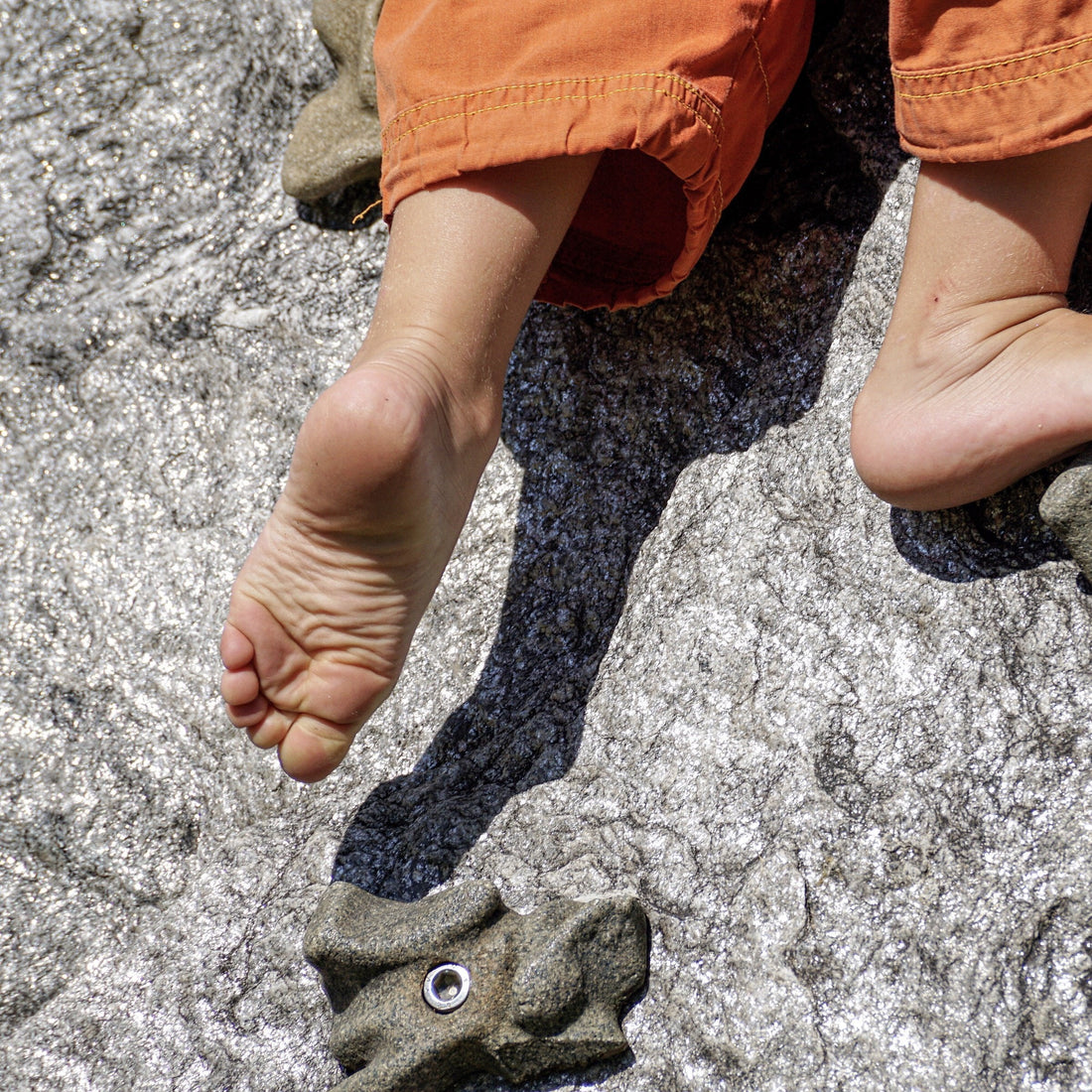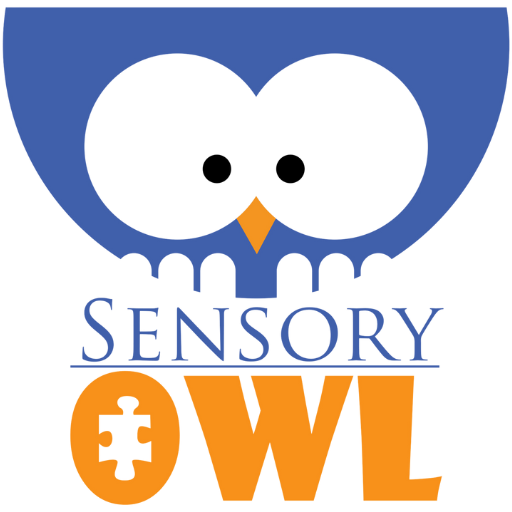
Weighted therapy in Sensory Diet
Share

Sensory integration is a complex neurological process involving senses and the way our brain reads this information. If those processes are disturbed, then the information received by the brain is incomplete, blurred or incorrect. The disorder affects many people, but currently, it is not seen as the global health problem. For most of us, sensory integration can be a minor problem. Each individual will find something to dislike, for example, wet clothing, sour taste or specific sounds. However, the problem starts when more than one sense is dysfunctional. This then can create multiple layers of issues that will need to be assessed by the specialist or a therapist.
A sensory diet is a group of activities that are regularly performed to improve sensory processes. They help to develop the right transmitters in our brain, build the information tracks as well as learn and educate ourself about the obstacles and give the understanding of how to overcome them. The exercises can be performed by the teacher, therapists or parent at home. Weighted therapy in a sensory diet can play a significant role and here are some examples of how to implement them and what impact can be achieved. Each user is different, and every case is complex, and unfortunately, this blog post is showing only several examples.
Local pressure vs weighted blanket
There are several weighted therapy products that can be implemented in the sensory diet. Weighted blanket is the most popular and the most known of all in the range. Weighted blanket applies the weight to the whole body, and it is the most beneficial in more extended use. That is why it is suggested to use during sleep, meditation, relaxation and ‘sofa’ activities like watching the movies or book reading. The more skin contact with the blanket, the better and faster effect. The brain gets more information from the all-body contact. Weighted blanket can improve general well-being state, regulate sleeping patterns, fight the fear of loneliness or darkness, give the sense of gravity, build the sense of space, improve information feedback through gentle joint compression and reduce anxiety attracts. The blanket is the most common weighted therapy product recommended as part of the sensory diet but also to a broader audience. All neurological brain disfunction can benefit from the weighted therapy blanket.
Local pressure aids apply weight to one area or one/few parts of the body at the same time. This technique is useful when we know the specific location in the user’s body that triggers relaxation or help to mute the outside impulses. Local pressure products are promoting more concentration through grounding, helping to focus on specific tasks, slowing down reactions. The most popular products used for the local pressure are collars, vests, belts, pillows, hats, wrist and leg weights and weighted toys. Local pressure weighted aids are used in shorter period therefore, they can be heavier to give more impact. Depending on the weight, it will give different sensation, for example, lighter weight will promote relaxation, and heavier one will promote concentration and sense of grounding. The mid-range weight is good for balancing and improving the sense of space. Weighted therapy in sensory diet can be used along with the weighted blanket to provide an even better result.
Vests can be topped up with the extra weight when used during the therapy session and removed for daily use. The user reaction will tell if you achieved the desired results. Make sure that those tasks are under adult supervision only.
Belts, wrist and leg weights help to improve small motor skills, reducing flapping and helping to concentrate during sitting exercises. Hats and pillows help with balancing the body, creating a sense of space, improve balance walking, helping to focus on the body movements.
Weighted therapy in the sensory diet can be used in many ways depending on the need, frequency and creativity. Weight applied to the body allows to send more sensory feedback to the brain and increase the readability of those pieces of information. The result is to improve the perception of the world we live in.

